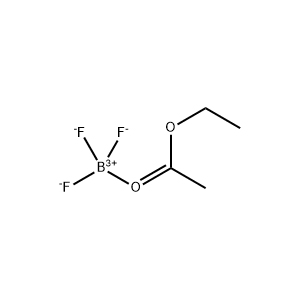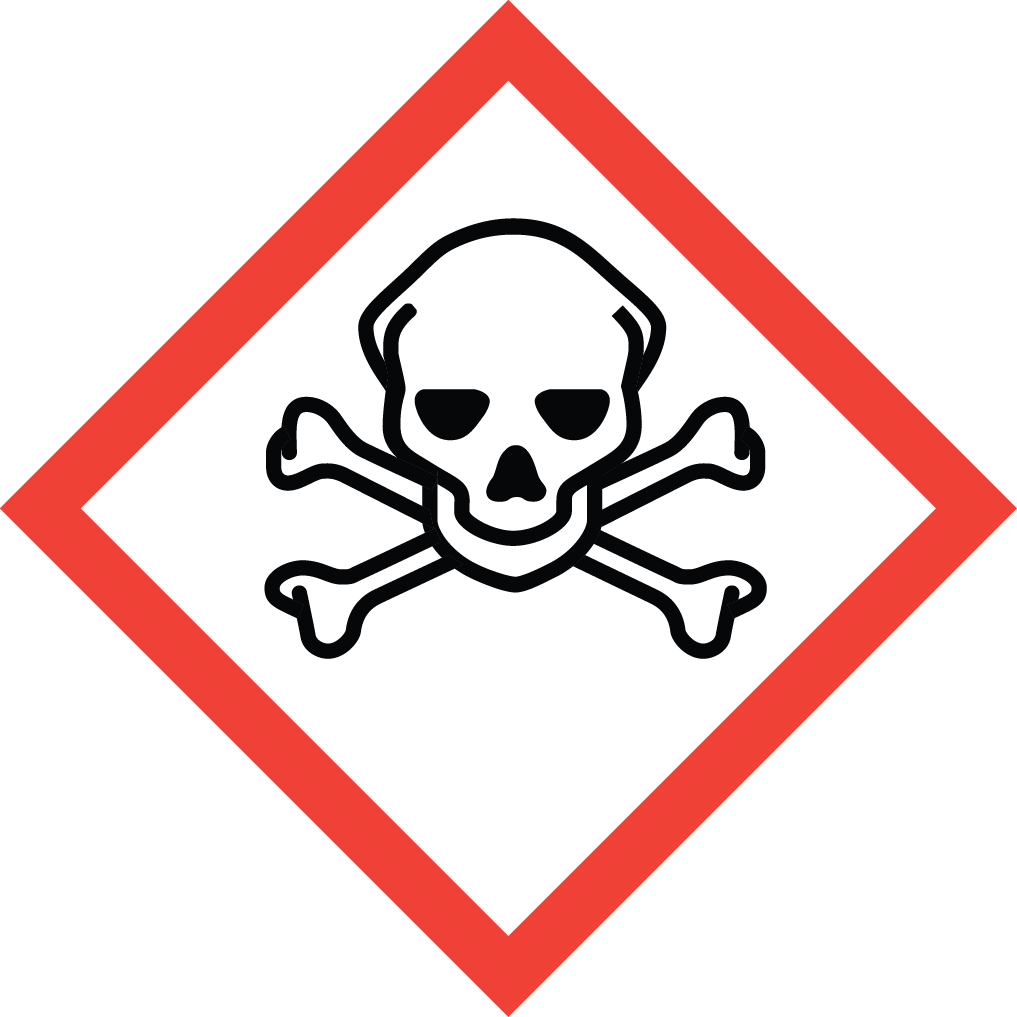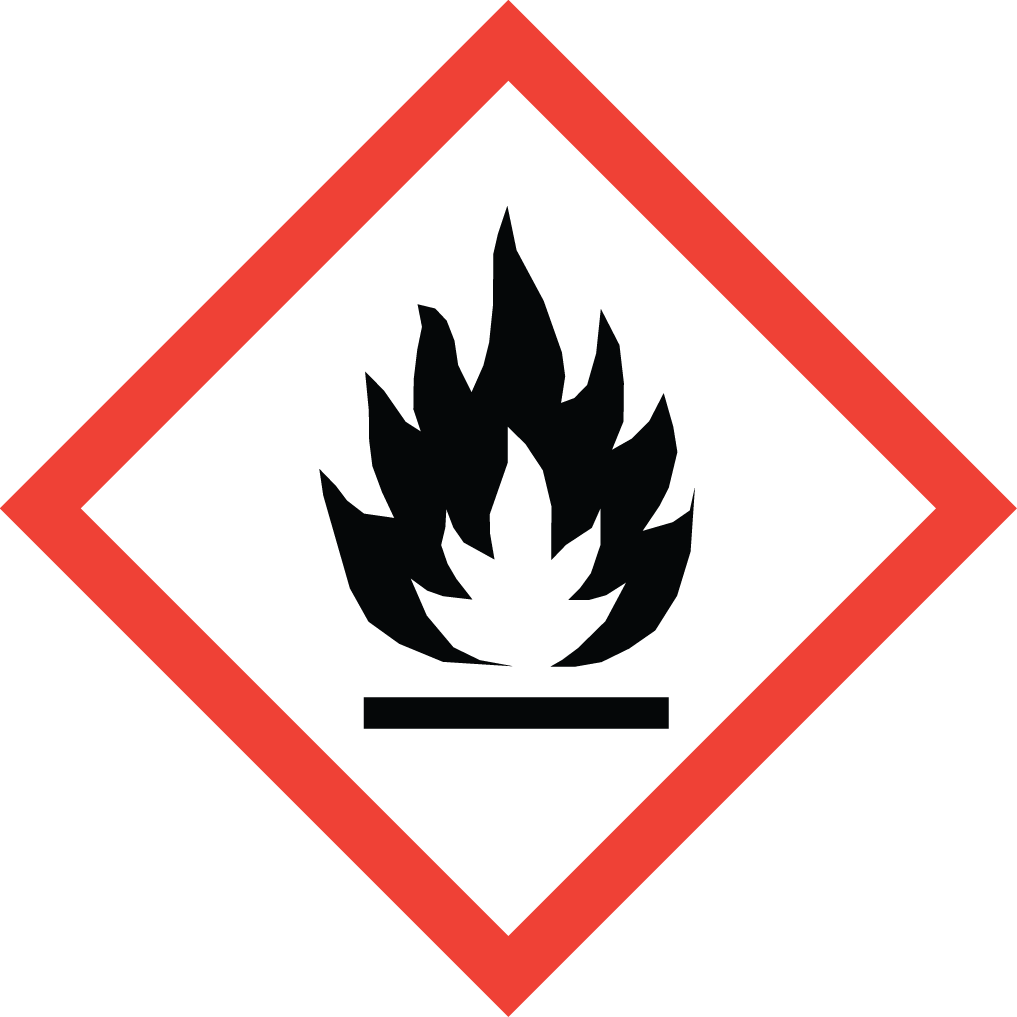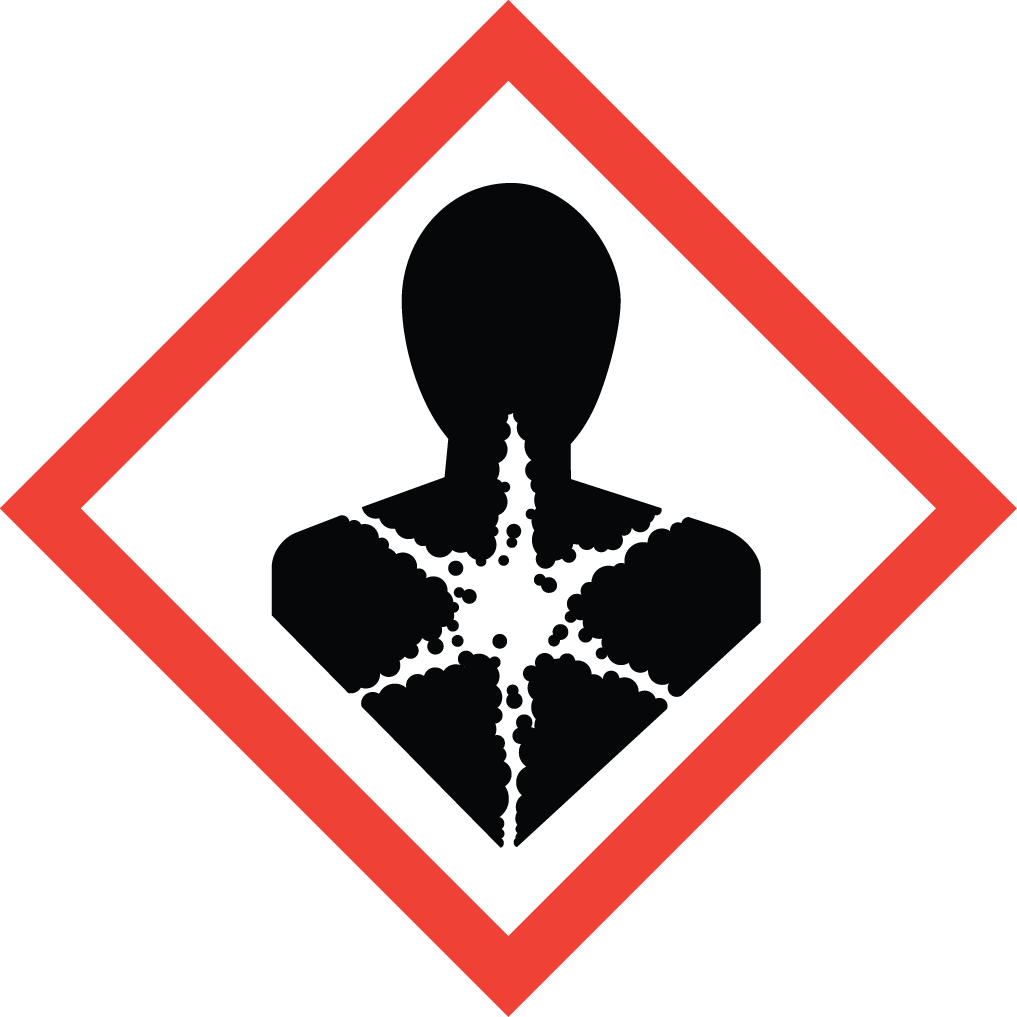Aure Chemical: Your Reliable Source for Boron Trifluoride Ethyl Acetate Complex
Aure Chemical is a premier supplier of Boron Trifluoride Ethyl Acetate Complex, a highly effective and versatile Lewis acid catalyst. This clear, colorless to light yellow liquid provides a controlled and powerful source of Boron Trifluoride (BF₃), making it an indispensable reagent for a wide array of specialized organic synthesis and polymerization applications. We are committed to delivering high-purity Boron Trifluoride Ethyl Acetate Complex, ensuring consistent performance and reliability for your most demanding chemical processes.
Basic Information of Boron Trifluoride Ethyl Acetate Complex
Boron Trifluoride Ethyl Acetate Complex (CAS No. 461-44-9) is characterized by the following significant attributes:
| CAS No.: | 461-44-9 |
|---|
| Linear Formula: | C₄H₈BF₃O₂ |
|---|
| Molecular Weight: | 155.91 |
|---|
| Appearance: | Colorless to light yellow liquid |
|---|
| Chemical Structure: |  |
|---|
Its precise composition and catalytic strength make it a preferred choice for reactions requiring efficient and selective Lewis acid catalysis.
Main Functions and Applications of Boron Trifluoride Ethyl Acetate Complex
The high reactivity and selectivity of Aure Chemical's Boron Trifluoride Ethyl Acetate Complex enable its diverse applications across various industries:
Preparation of Pharmaceutical Intermediates: Due to its strong Lewis acidity, it is commonly used as an efficient catalyst in organic synthesis for the preparation of complex organic molecules, playing a vital role in the synthesis of pharmaceutical intermediates where precise control and high yields are critical.
Fragrance Synthesis: In the fragrance industry, this complex is utilized to synthesize compounds possessing unique and desirable aromas. It facilitates various reactions, such as Friedel-Crafts alkylations or cyclizations, which are essential steps in creating diverse fragrance ingredients.
Synthesis of Polymeric Materials: In the synthesis of polymeric materials, the boron trifluoride ethyl acetate complex serves as an initiator or catalyst to promote various polymerization reactions, especially cationic polymerization. It is effective in initiating the polymerization of monomers like cyclic ethers, vinyl ethers, and certain olefins, leading to a wide range of specialty polymers.
Other Fine Chemical Applications: Beyond the aforementioned primary application areas, this complex finds broader utility in the synthesis of other fine chemical products. Its versatility as a Lewis acid catalyst makes it valuable in the production of compounds used in sectors such as pesticides and dyes, where complex multi-step syntheses are common.
Why Choose Aure Chemical for Your Boron Trifluoride Ethyl Acetate Complex Needs?
Aure Chemical is committed to delivering excellence and reliability in chemical supply. When you choose us for your Boron Trifluoride Ethyl Acetate Complex requirements, you benefit from:
Assured Purity & Performance: Our product undergoes stringent quality control to ensure high purity and consistent catalytic activity, vital for sensitive chemical and polymerization processes.
Reliable Supply Chain: We maintain a robust and efficient global supply chain, ensuring timely and secure delivery of this valuable reagent.
Technical Expertise: Our knowledgeable team is always available to provide comprehensive support and answer any technical questions you may have regarding product application, handling, and safety.
Commitment to Quality & Safety: We adhere to the highest quality control, safety, and environmental standards throughout our operations, from manufacturing to distribution.
Partner with Aure Chemical for a seamless and dependable supply of high-quality Boron Trifluoride Ethyl Acetate Complex. We are ready to assist you in finding the perfect solution for your specific application requirements.
Hazards Classification
GHS Classification: Skin Corrosion / Serious Eye Damage (GHS05), Acute Toxicity — Inhalation (GHS06), Flammable Liquid (GHS02), Specific Target Organ Toxicity — Single Exposure (GHS08)
Hazard Statements: Causes severe skin burns and eye damage (H314); toxic if inhaled (H331); highly flammable liquid and vapor (H225) — may cause drowsiness or dizziness (H336) depending on solvent content; may cause damage to organs (H370) with repeated or prolonged exposure.
UN Number: UN 2922
Hazard Class: 8 (Corrosive substances); Subsidiary hazard class: 6.1 (Toxic substances); Subsidiary / consideration: 3 (Flammable) when solvent concentration justifies.
Packing Group: II
 GHS05: Corrosive (skin corrosion / eye damage)
GHS05: Corrosive (skin corrosion / eye damage) GHS06: Acute Toxicity (toxic if inhaled)
GHS06: Acute Toxicity (toxic if inhaled) GHS02: Flammable
GHS02: Flammable GHS08: STOT (organ toxicity / repeated exposure)
GHS08: STOT (organ toxicity / repeated exposure)
